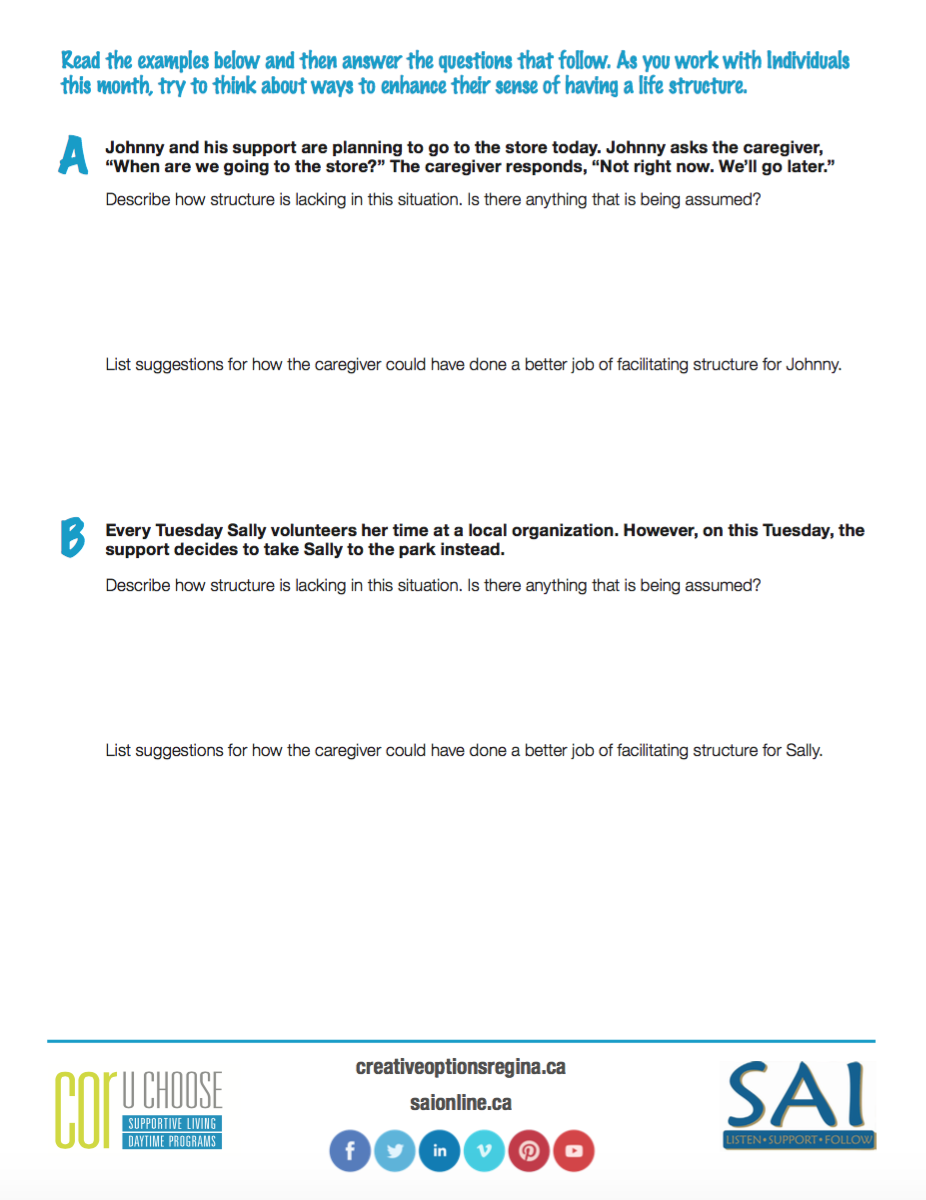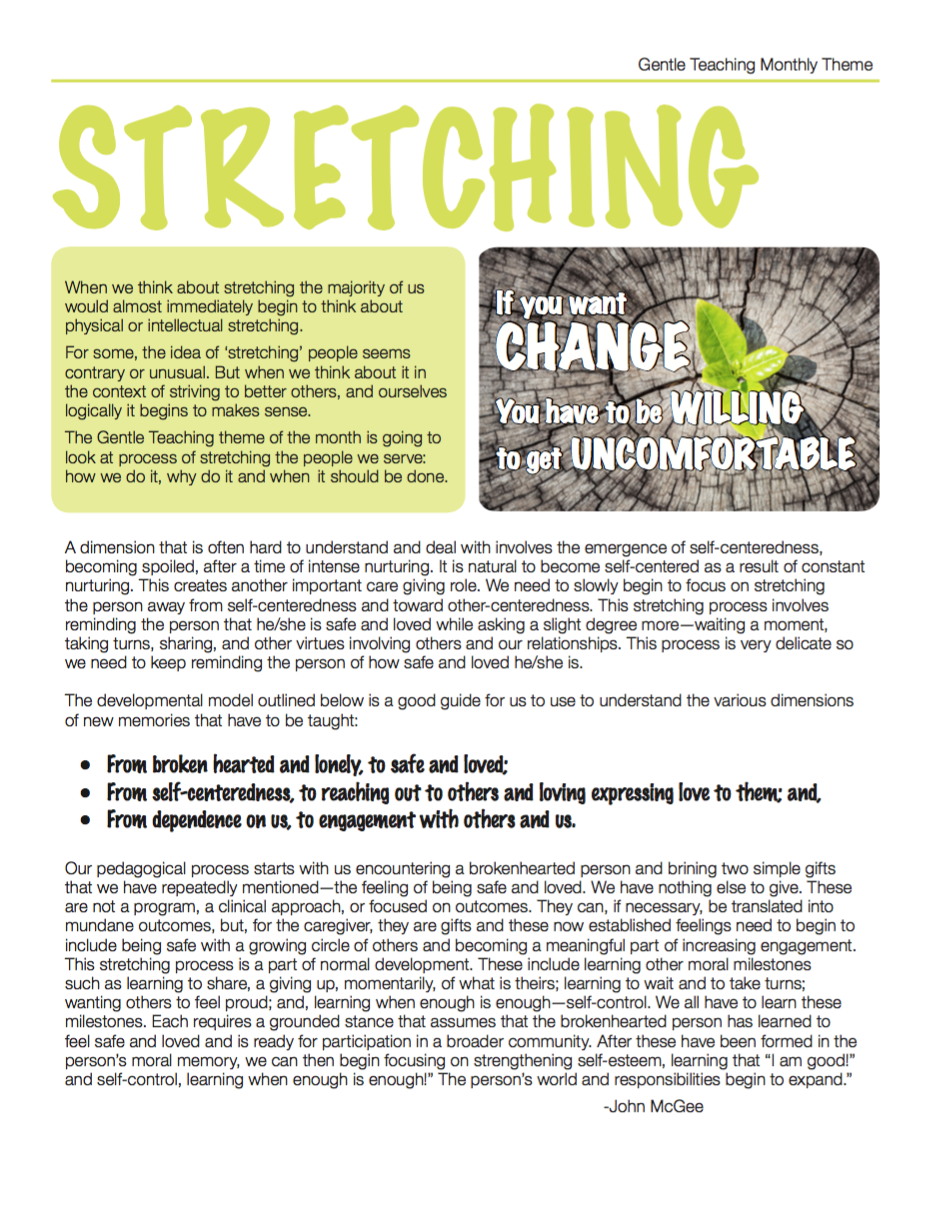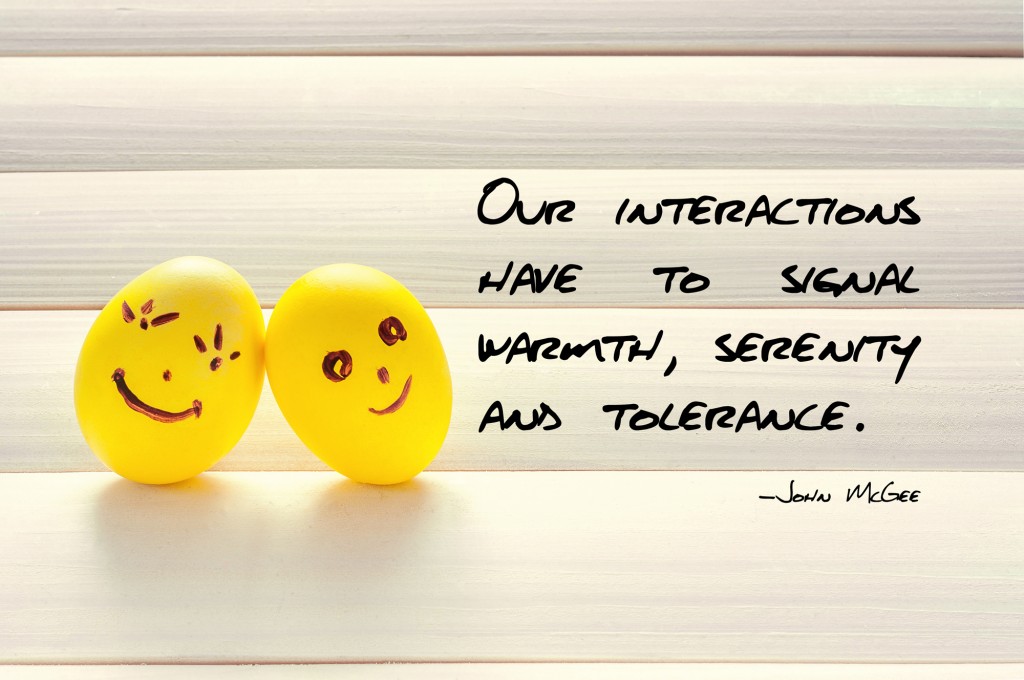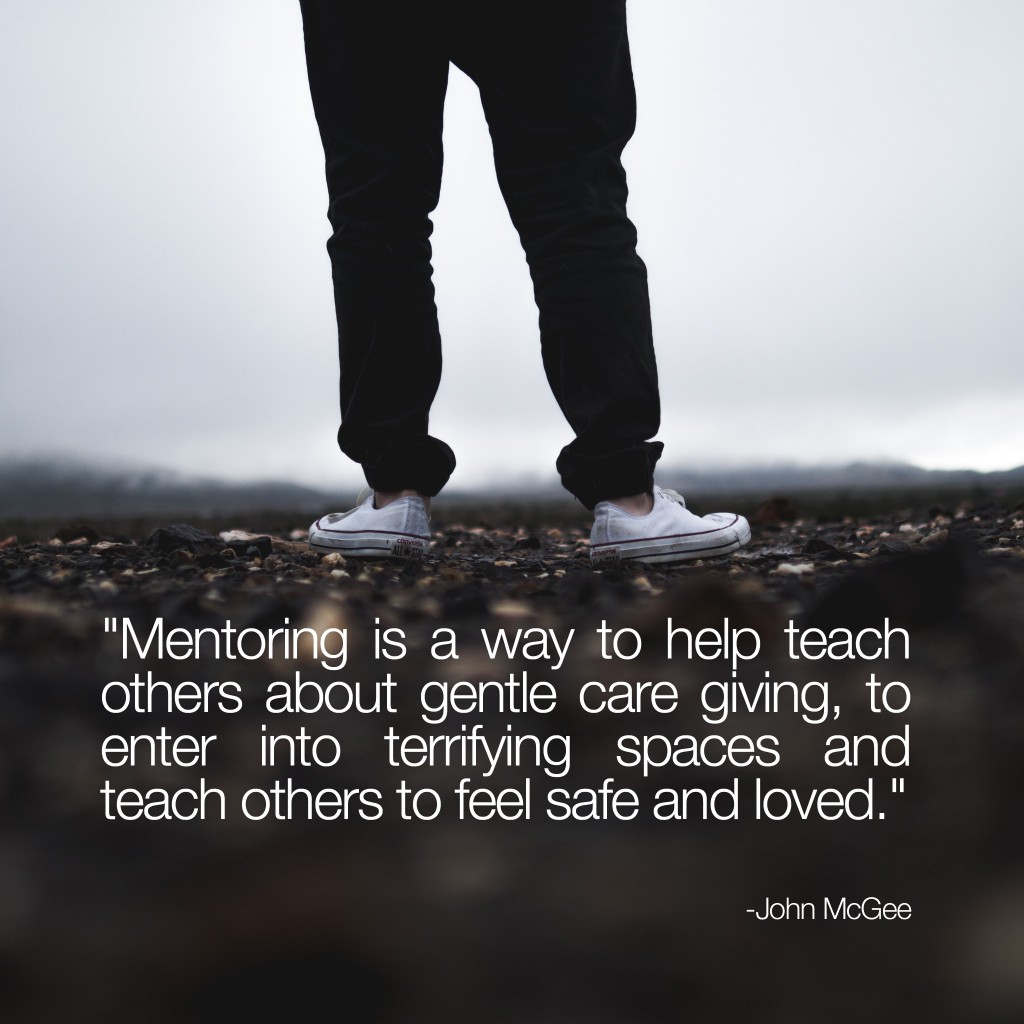Over a year ago I started a personal blog where I would share my thoughts and insights on the world around me. It was my desire to write a post once a day for a year. I desperately wanted to keep it up, and did well for a time: but the personal pressure that I placed on myself became too much. The blog focused on one specific thing: the daily heroes that I would run into at work, at the grocery store, on the street and in the least unexpected places. My goal was to expose the beauty of the world around me and publicly thank the ‘daily heroes’ to my handful of faithful readers. Although I haven’t logged a blog for some time, this thought of thankfulness has been constantly on my heart and mind. And dare I say, I think we are in a ‘thanklessness epidemic’. Don’t get me wrong, we can hear people say thank-you around us all the time, but is it anything more than a simple pleasantry or a moralistic mandate? We need to foster thankfulness and find moments where our deep appreciation is expressed in ways that it will be heard clearly and intentionally for what it truly is.
On the other hand, thanklessness is deeply tethered and connected to the inability to be content. When you are thankless, not only do you rob the other person of the glory that belongs to them, you convince yourself you could have gotten on fine without them. Author JD Greer says, ” Think of it (thanklessness) like plagiarism. Plagiarism is harmful on two levels: the first level is you rob someone else of the credit of their words. Secondly you delude others and yourself in thinking that you can come up with that level of idea all the time.” When we choose to be thankless, we turn our focus inwards and disregard others around us. We become so focused on “I”, “ME”, and “MY” that we forget that is so often “OTHERS” that shape our life and it’s events. Although some people may like to live in a cavernous hermitage, most people need and want others around: let’s not forget our thankfulness often draws us into a greater sense on community.
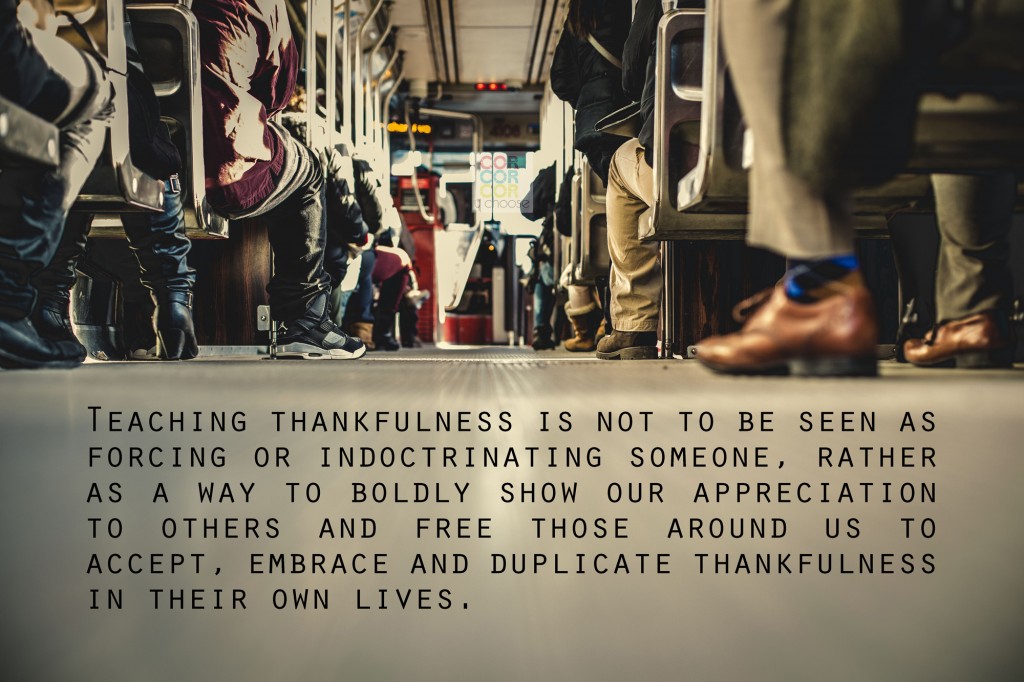
In the Gentle Teaching community we talk about the four pillars (can anyone name them?): to be SAFE, to be LOVED, to become more LOVING AND to become more ENGAGED. Each one of these pillars are critical in building, establishing ans sustaining a relationship: with people we serve or otherwise. How do you help raise these pillars? One of the ways that I suggest is to increase the genuineness of our thankfulness. By becoming more thankful, and expressing our adoration and appreciation through words and actions we are directly able to help people feel safe and loved.
When I am genuinely thanked for something that I have done, I personally feel a deeper connection and appreciation for that person. Essentially I feel safe and more valued by that person, because they gave me both their time and words of affirmation. As we become more thankful around those that we serve we are teaching others to imitate what is good and right: we are teaching the foundation of healthy relationships. By modeling our genuine thankfulness before those we serve, we are teaching others to become more loving and engaged in their own lives. In essence we are saying, “Come, follow me…Do this..this is good and right.” Teaching thankfulness is not to be seen as forcing or indoctrinating someone, rather as a way to boldly show our appreciation to others and free those around us to accept, embrace and duplicate thankfulness in their own lives.
Got a story? I would love to hear about thankfulness in your life! Maybe it was someone that you noticed, or a story where you were edified because of someone’s courage to share their thankful appreciation with you. Send me a message at ben@creativeoptionsregina.ca
Signing-off,
Ben
Director of Culture and Mentorship





